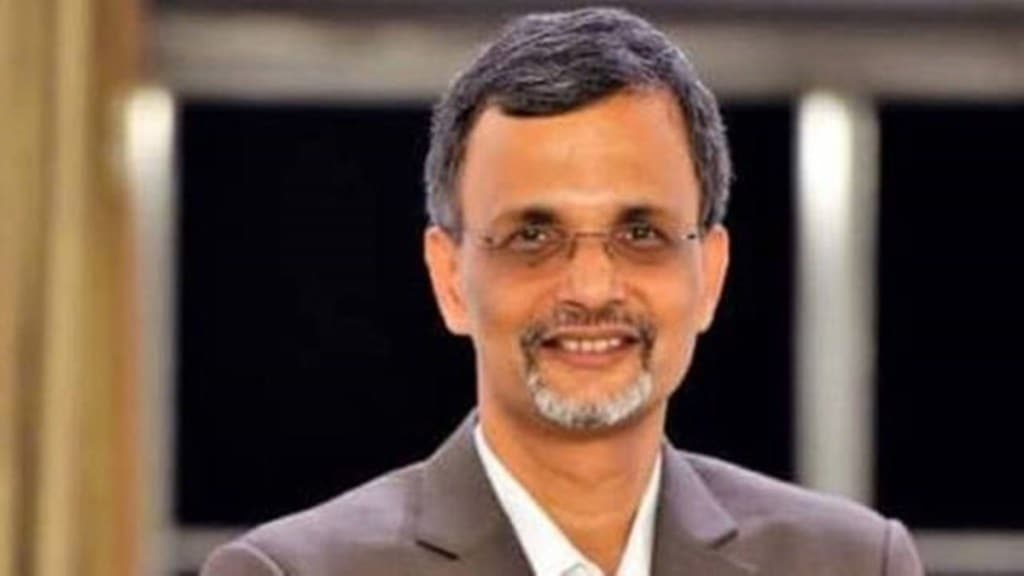Expressing optimism about India’s growth potential, chief economic advisor (CEA) V Anantha Nageswaran said capital expenditure by the Indian private sector will be an important contributor to growth in the coming years. He emphasised that the economy’s robust expansion, has been driven by strong growth in industry, services, and construction sectors.
Highlighting the confidence of companies to go in for investments, which is evident from steel and cement production data, he said it indicates a post-pandemic rebound in line with pre-pandemic trends. “There is confidence among the companies and firms and they are looking to expand,” he said in Chennai on Thursday while sharing insights on India’s robust economic performance and growth outlook at a special interactive session organised by FICCI.
Also read: Stock limit on wheat premature: Traders
He affirmed that India’s real GDP growth for FY23 was a robust 7.2%, with expectations for the final figure to be even higher. “We have had two successive good years, strengthening the recovery from the pandemic-induced contraction,” he said. He explained the lower growth figures reported in the third quarter of FY23 were due to base effect adjustments, not a loss of economic momentum.
Nageswaran also provided an outlook for FY24, projecting a real GDP growth of 6.5%, a figure supported by both finance ministry and the Reserve Bank of India. “The risks surrounding this number are evenly balanced, suggesting a strong likelihood of achieving this growth target.”
A pivotal aspect of his talk was India’s anticipated rise in the global economy. “We were the 10th largest economy in 2014, and we expect to become the third-largest economy in 2027,” he said, stressing that this progression requires the nation to continue to do the right thing.
Nageswaran mentioned that India’s contribution to global GDP growth has risen six-fold since the turn of the millennium and the country is set to become the third-largest contributor to global GDP this year.
Addressing the impact of the pandemic on private consumption, the CEA said despite setbacks, the trend line for private consumption has caught up to pre-pandemic levels.
Pointing out the robustness of the agriculture sector, emphasising its readiness to handle potential supply disruptions, he however acknowledged the concerns about rural consumption but highlighted a turnaround in the fourth quarter that has continued into the current financial year. The rural wages are rising at high single-digit growth rates, supporting rural consumption. Turning to the urban demand side, Nageswaran noted strong growth in passenger vehicle sales and new housing launches.
He underlined the government’s commitment to continue to be fiscally responsible while supporting the economic recovery, citing a declining fiscal deficit target from 5.9% to an intended 4.5% by FY26.
Also read: G20 deliberates on key deliverables ahead of Finance Ministers’ meeting next month
He showcased how India’s digital infrastructure development through public-private partnerships is providing affordable and sustainable access to digital services for all, surpassing even the world’s largest and most developed economies.
While the government is making strides in improving the country’s logistics efficiency, the private sector must also invest in long-term research and development and quality improvement. He also acknowledged the rising impact of India’s startup ecosystem that is extending beyond the metropolitan areas, spurring entrepreneurship and generating employment. For the medium term, the CEA stressed on the importance of energy security and the need for a managed transition away from fossil fuels.

